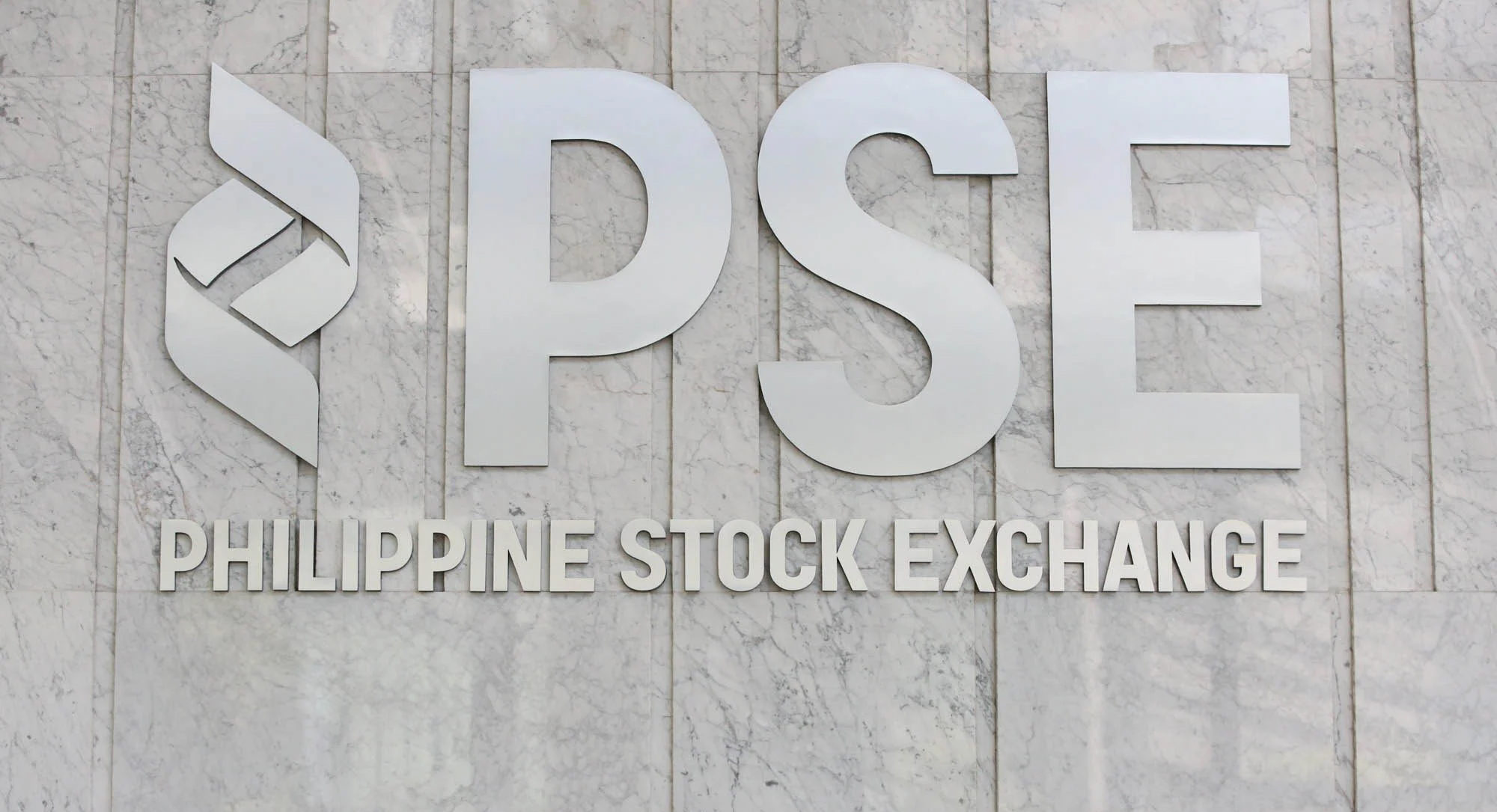
THE Bangko Sentral ng Pilipinas' (BSP) bid to lower interest rates ahead of the US Federal Reserve (Fed) could help spur economic growth, an analyst said.
The central bank's tempering of its hawkish tone, ING Bank Manila senior economist Nicholas Antonio Mapa said, appears to be driven by an assessment that growth could be slowing faster than expected and that inflation may not be as problematic as initially seen.
"Policy easing from the BSP could help revitalize the economy and help deliver a sustainable pace of expansion while also paving the way for more robust expansion of productivity and capacity that could ensure we hit our growth targets over the next few years," he said.
Mapa added that cutting rates sooner would relieve consumers and businesses burdened by restrictive monetary policy for over the last two years.
First-quarter gross domestic product growth was a lower-than-expected 5.7 percent, below the market consensus of 5.9 percent and the government's downward-revised full-year target of 6.0 to 7.0 percent.
Inflation, meanwhile, picked up to 5.8 percent in April, slower than the expected above-target 4.1 percent. The outlook for consumer price growth remains tilted toward the upside, monetary authorities said last week, but they also lowered both baseline and risk-adjusted forecasts for this year.
The BSP's benchmark rate remains at 6.5 percent, the highest since 2007, given the latest inflation outlook, but BSP Governor Eli Remolona Jr. last week said that an easing could start as early as August, or a month ahead of the current expectation for Fed rate cuts.
This led to a run on the peso, which fell to an 18-month low of P58.27 against the greenback on Tuesday. The currency recovered some ground the following day but has again resumed falling, weakening by 6 centavos on Friday to P58.19 versus the dollar.
Mapa acknowledged that cutting ahead of the Fed would put pressure on the peso, but said that "despite this, BSP remains confident in their store of ample dollar reserves to smooth out any volatility and curb speculation during such episodes [of dollar strength]."
HSBC Global Research economist Aris Dacanay agreed that the central bank had ample resources, but said there were still risks to lowering local interest rates early.
He noted that with domestic savings now sufficient to finance the country's investments, the Philippines had become less reliant on foreign capital and that the current account deficit was also narrowing to more sustainable levels.
Dacanay added that real rates in the Philippines had increased significantly and thus the real policy rate differential between the BSP and the Fed had widened.
"The risk of the BSP cutting ahead of the Fed isn't zero," he said. "But like threading the needle, there isn't much room to do so."
"The current account deficit will need to be even narrower to support the peso if BSP rates were cut earlier than the Fed's."
Remolona on Wednesday was unfazed by the peso's weakness and said that the Fed's moves were just "one data point for us, one among many others."
Read The Rest at :





